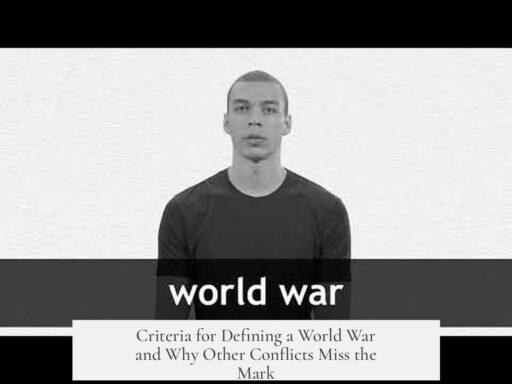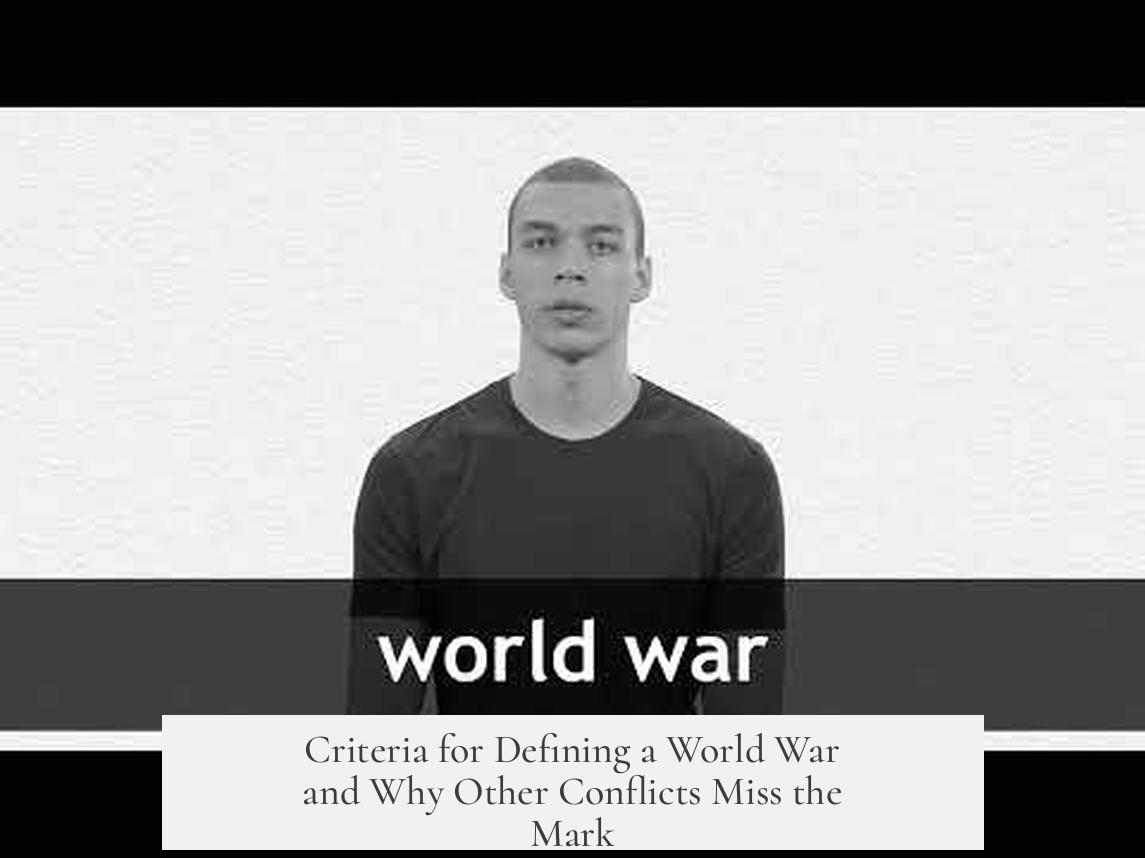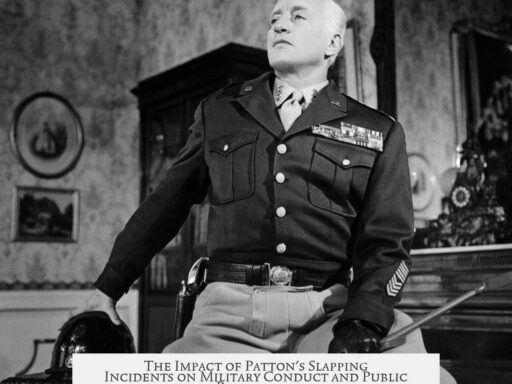A ‘world war’ qualifies as a global conflict involving multiple great powers with wide geographic reach, active military engagement from most top nations, and significant casualties. Wars since 1945 do not meet this standard because they lack these features despite involving several countries.
The term “world war” is subjective. Historians did not establish a rigid classification in 1914 or 1939. Rather, the label was applied retrospectively to describe the scale, scope, and intensity of the conflicts now called World War I and World War II. These wars were characterized by their massive involvement of major powers and global theaters of combat.
In defining world wars, understanding “great powers” is essential. Great powers are countries with strong military capabilities and economic resources that enable them to project power across regions or globally. Their military size and overall economic output, or GDP, help classify them as great powers.
- Great powers in the 20th century included the British Empire, Russian Empire (and later the Soviet Union), Imperial and Nazi Germany, the United States, Imperial Japan, France, Austro-Hungarian Empire, Ottoman Empire, and, by mid-century, China under various regimes.
- Both World Wars involved nearly every great power of the era, and no great power remained neutral.
The geographical reach helps distinguish world wars. World War I, while heavily focused on Europe, still involved significant battles in the Pacific, Middle East, and Africa, engaging hundreds of thousands of troops. World War II stretched even further with major combat operations across Europe, Africa, and the Asia-Pacific. Millions participated in each theater of WWII.
Casualties also highlight the difference. World War I caused roughly 20 million deaths. World War II dwarfed this with an estimated 60–70 million deaths, making it uniquely catastrophic. The Korean War, one of the largest conflicts after 1945, resulted in about 2.5 million deaths, far below world war levels.
Since 1945, no conflicts have matched this combination of global participation, great power involvement, or extreme casualties. This explains why multiple-country wars post-World War II do not qualify as World War III.
Most significant post-1945 wars were regional, involving fewer or less globally influential powers. They did not reach the global scale or total inclusion of the major powers. Examples include the Korean War, Vietnam War, and various conflicts in the Middle East and Africa. Despite international involvement, these were limited geographically and politically.
The Cold War is an important illustration. It was a global rivalry between the United States and the Soviet Union but was not a direct war. Instead, it was an indirect struggle featuring proxy wars. The two superpowers never declared war on each other. Their confrontations happened through third-party conflicts in Korea, Vietnam, and elsewhere. Thus, the Cold War, while global and involving great powers, remains distinct from a traditional world war.
| Aspect | World War I & II | Post-1945 Wars |
|---|---|---|
| Great Power Involvement | All major powers fully involved | No full-scale great power wars |
| Geographic Scope | Global, multiple continents | Typically regional or limited global involvement |
| Casualties | Millions, tens of millions | Millions or fewer, far less scale |
| Direct Military Engagement | Widespread battles, total war | Proxy wars or regional conflicts |
In summary, wars qualify as world wars based on participation of great powers, global theaters of battle, and scale of destruction. Post-World War II conflicts, despite involving multiple countries and causing suffering, fall short. The absence of great power wars, limited geography, lower casualties, and reliance on proxy conflicts prevent these from being labeled World War III.
- The term “world war” is subjective and applied based on scale and scope.
- Great powers’ full involvement distinguishes world wars.
- World wars feature global combat across multiple continents.
- Casualty figures from WWI and WWII vastly exceed post-1945 wars.
- Post-1945 conflicts generally remain regional and lack great power total war dynamics.
- The Cold War was a global rivalry but not a direct war between great powers.
What Qualifies as a ‘World War’? Why Haven’t Other Multi-Country Conflicts Earned the Title ‘World War III’?
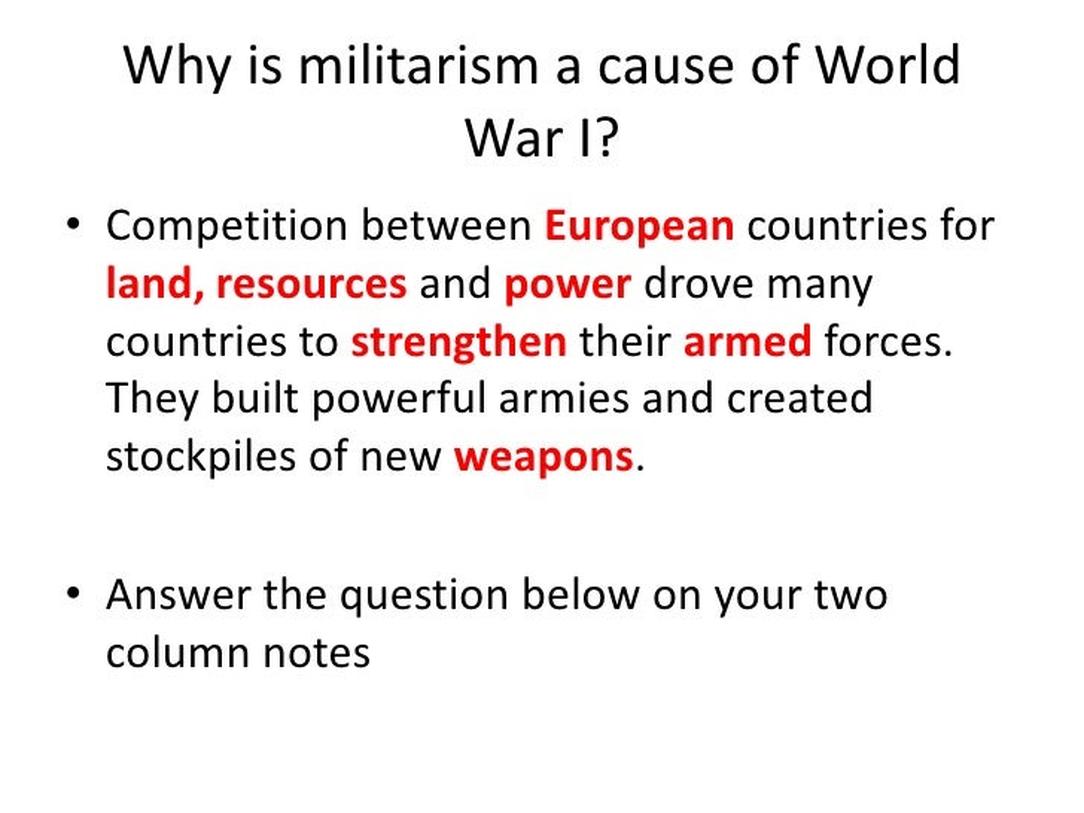
What exactly makes a war a “world war”? It’s a question that nags historians, political analysts, and curious minds alike. The short answer? The label “world war” isn’t stamped in stone by any historical committee or official decree. Instead, it’s a subjective term that describes a conflict’s scale, the powers involved, and its global reach.
Imagine two big, bustling parties in history—World War I and World War II. Both were huge, involving many countries and tons of destruction. But why only these two earned the title “World War” while other conflicts involving multiple nations didn’t?
It’s All About the Label—and Who’s Doing the Fighting
The phrase “world war” arrived after the fact. No group of historians sat down in 1914 or 1939, sipping tea, and decided to call these conflicts “World War I” or “World War II.” It’s more a name that stuck based on how broad and terrible these wars were.
So, what made WW1 and WW2 so special? A lot boils down to the idea of “Great Powers.” What’s a Great Power? Think of countries so strong economically and militarily that they can project their influence globally or across large regions. Examples in the 20th century include the British Empire, Imperial Germany, the U.S., the Soviet Union, and Imperial Japan, among others. When these giants clash, it’s not a small street fight —It’s a global brawl.
Both WW1 and WW2 were all about Great Powers fighting at full throttle. Every major Great Power of those days was involved. The conflicts spanned continents and oceans — from European trenches to African deserts, to Pacific islands. No major country was neutral for long. That’s a big deal. It’s like all the top players in a league showing up for the ultimate championship.
Global Reach and Unmatched Casualty Numbers
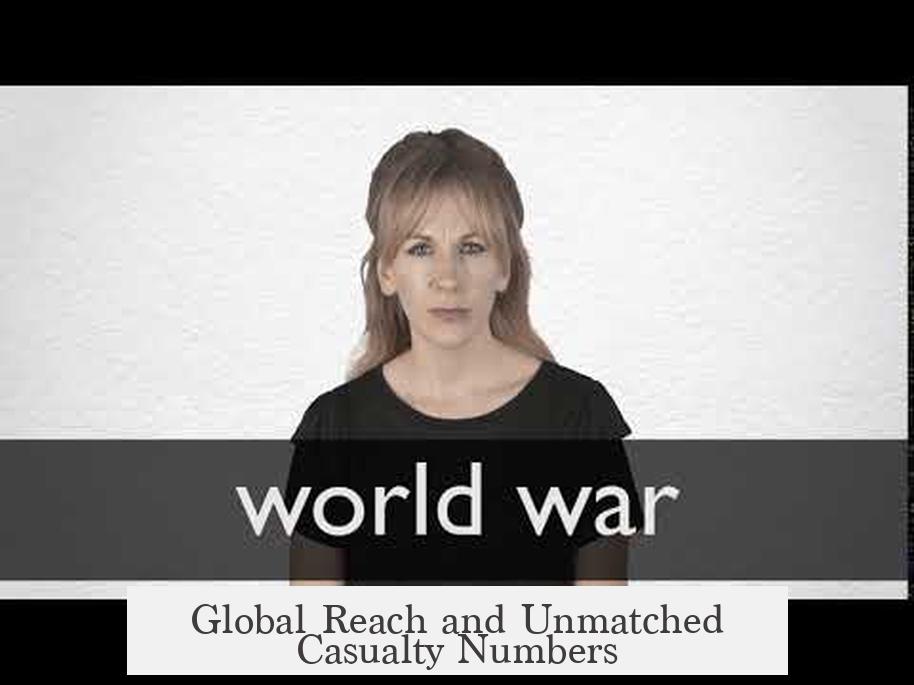
The scale truly defines a world war. World War I stretched across Europe, Africa, Asia, even to South America in minor ways, involving millions of soldiers worldwide. World War II took the global footprint even further. The battlefields spanned Europe, North Africa, the Asia-Pacific region, involving millions more.
And casualties? The devastation was unparalleled. World War II alone claimed an estimated 60 to 70 million lives. World War I’s toll was around 20 million. In contrast, even large post-1945 wars like Korea saw much lower casualties—about 2.5 million, and they were still devastating.
Why Didn’t Later Wars Get the “World War” Title?
Great question! After 1945, we’ve seen plenty of brutal conflicts: Korea, Vietnam, Gulf War, and multiple others across Africa, the Middle East, and Asia. But none of these blasted into a full-scale Great Power war or engulfed the whole globe the way the two World Wars did.
- Not Great Power-on-Great Power: Most conflicts after WWII involved regional powers or proxy wars rather than direct fights between all the world’s strongest countries.
- Regional — Not Global: These wars stayed within defined areas rather than spanning continents and oceans on a massive scale.
- Lower Casualties: Though tragic, their death tolls didn’t reach the catastrophic levels of WW1 and WW2.
Everyone remembers the Cold War—the ultimate standoff between the U.S. and the Soviet Union. It shaped decades but wasn’t an actual war. Think of it as the longest, tensest game of chess ever played—mostly indirect, involving battles fought by proxies but no declared war between the “Great Powers” themselves.
Putting It All Together: What Really Makes a World War?
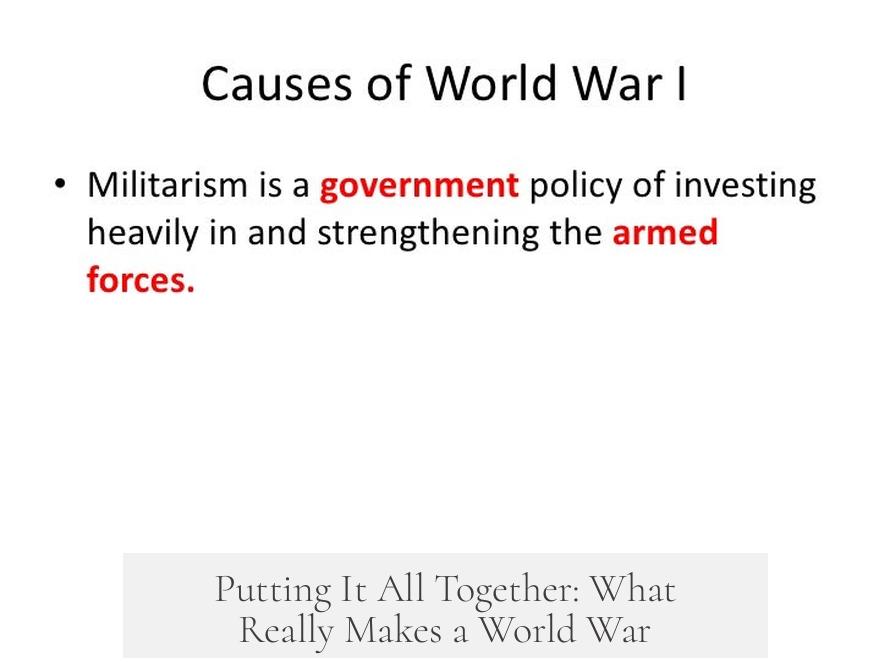
Summing up, a “world war” typically ticks these boxes:
- Involvement of All or Most Great Powers: None of those “big league” countries sitting out on the sidelines.
- Global Geographic Scale: Battlefields scattered across continents and oceans, reflecting global stakes.
- Massive Mobilization and Casualties: Millions of soldiers and civilians involved, with devastating human costs.
The wars post-1945 lacked one or more of these crucial ingredients. For instance, the Cold War, intense as it was, did not translate into a direct Great Power-on-Great Power shooting war. Regional conflicts happened, but they never evolved into another massive global conflagration.
Does That Mean World War III Can’t Happen?
Not necessarily. If multiple Great Powers one day engage directly in widespread global conflict across many continents with catastrophic casualties, then perhaps future historians will call it World War III. However, steps in this direction have so far been avoided, partly because of nuclear deterrence and diplomatic entanglement.
By the way, the label “world war” carries serious weight. It’s less about the number of countries involved and more the intensity, the actors, and the global scope. So, next time someone asks, “Why wasn’t that called World War III?”, remember it’s not just about size but who’s in the sandbox and how far the fight spreads.
Final Thoughts
“World war” is a heavy, flexible term. It describes the scope and scale of human tragedy and power struggles among the world’s mightiest forces. WW1 and WW2 fit that bill perfectly—global battles featuring all major powers, catastrophic destruction, and profound world-shaping consequences.
Conflicts after 1945 might be vast, complex, even terrifying, but without the comprehensive global involvement of all Great Powers, they fall short of this label. So, when historians look back, they weigh geography, participants, and impact—then decide if it’s a world war or not. No official paperwork needed.
What do you think? Could a modern conflict ever meet this “world war” benchmark? Or are we in an era where such massive wars are, fingers crossed, a thing of the past?
